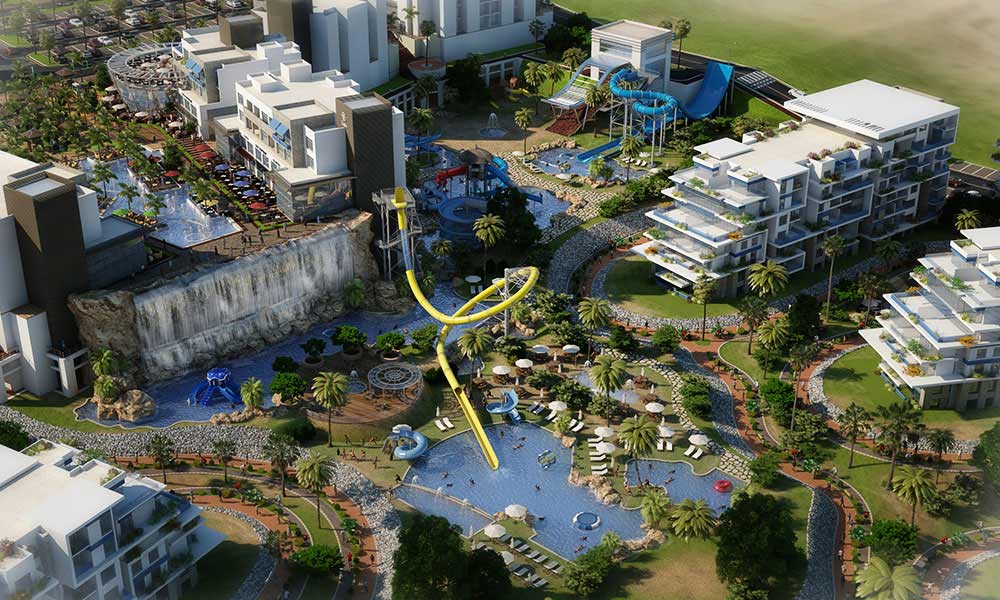IPMC led a consortium of 3 companies (IPMC, Magnom, and Alnaghy) in a contract with a value of 80 Million USD in 10 month with the Challenge consortium which consisted of National Marine Dredging Company (NMDC) from Emiratis, Boscalis and Van Oord from Holland, Jean Donnell, and Dredger International from Belgium and Great Lakes from the USA to dredge a total of 250 cubic meters of soil. The scope of IPMC in that project was covering the offshore with about 120 heavy equipment, 300 workers, and all the offshore logistics. IPMC’s scope of work was including also the catering for the workers on the dredgers and the supply of 95 employees for the head office of the consortium.
The project adds a new 35-kilometre-long (22 mi) second shipping lane in the existing 164-kilometre-long (102 mi) canal, allowing for separated passing of ships in opposite directions. It also includes the deepening and expansion of a 37-kilometre-long (23 mi) section of the existing canal.
The enlarged capacity allows ships to sail in both directions at the same time over much of the canal’s length. Beforehand, much of the canal was only one shipping lane wide, with limited wider basins for passing. This is expected to decrease waiting time from 11 hours to 3 hours for most ships, and to increase the capacity of the Suez Canal from 49 to 97 ships a day.
Technical difficulties initially arose, such as the flooding of the new canal through seepage from the existing canal. Nevertheless, work on the New Suez Canalwas completed in July 2015. The channel was officially inaugurated with a ceremony attended by foreign leaders and featuring military fly-pasts on 6 August 2015, in accordance with the budgets laid out for the project.

























